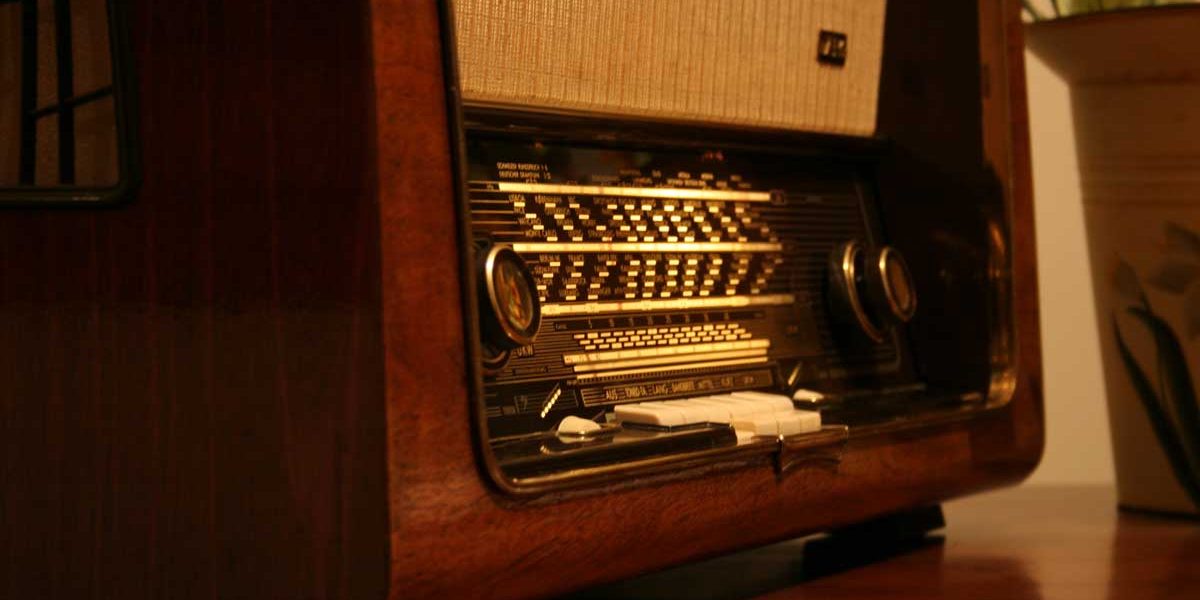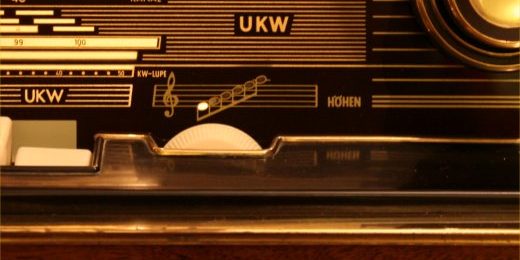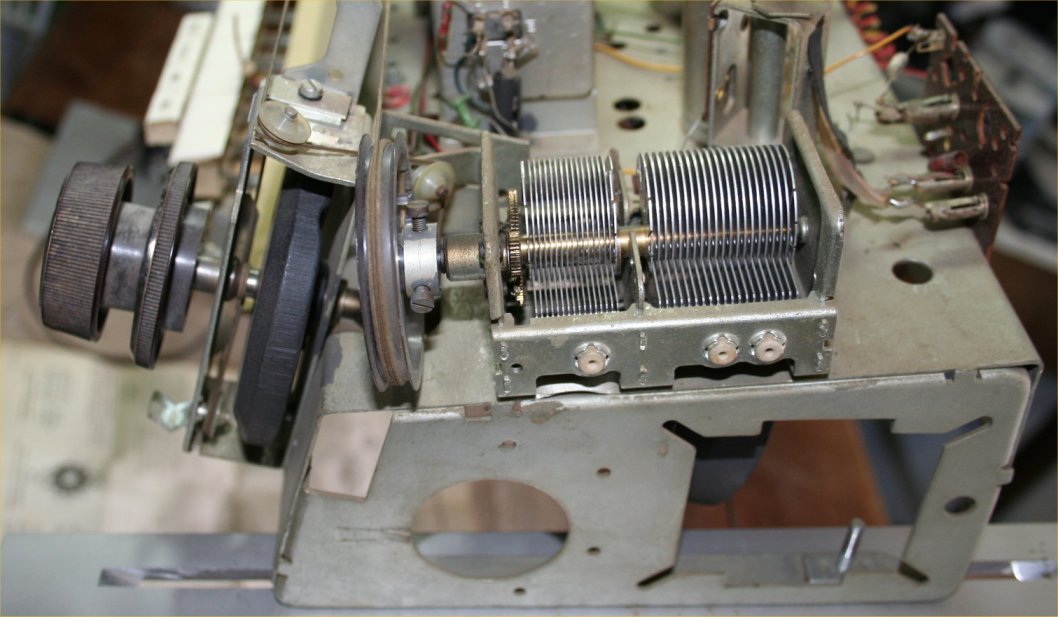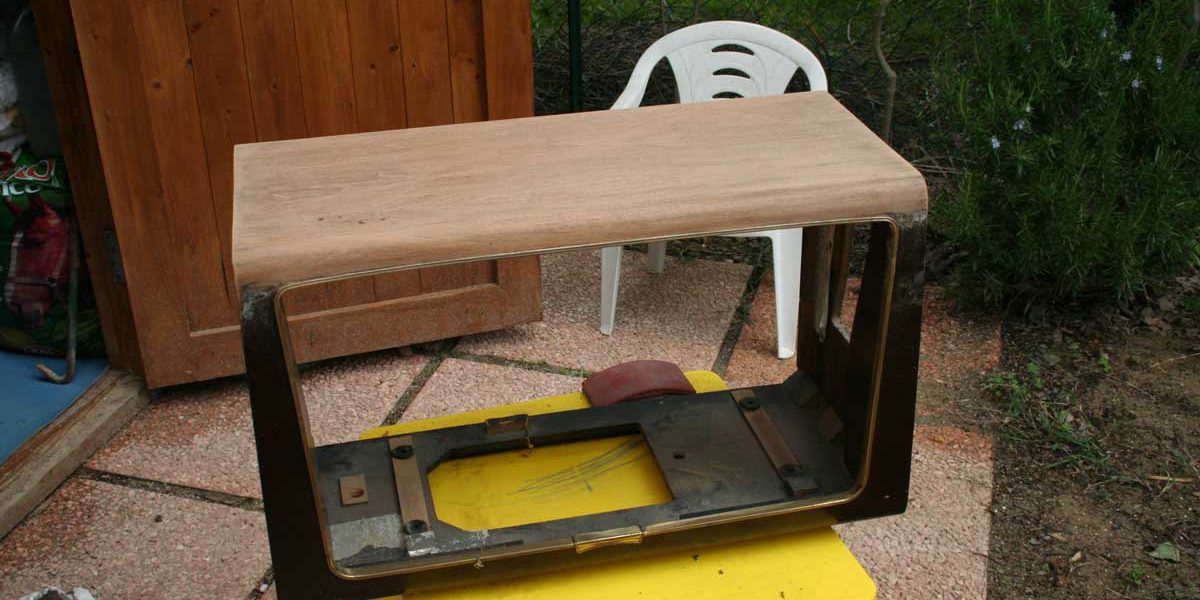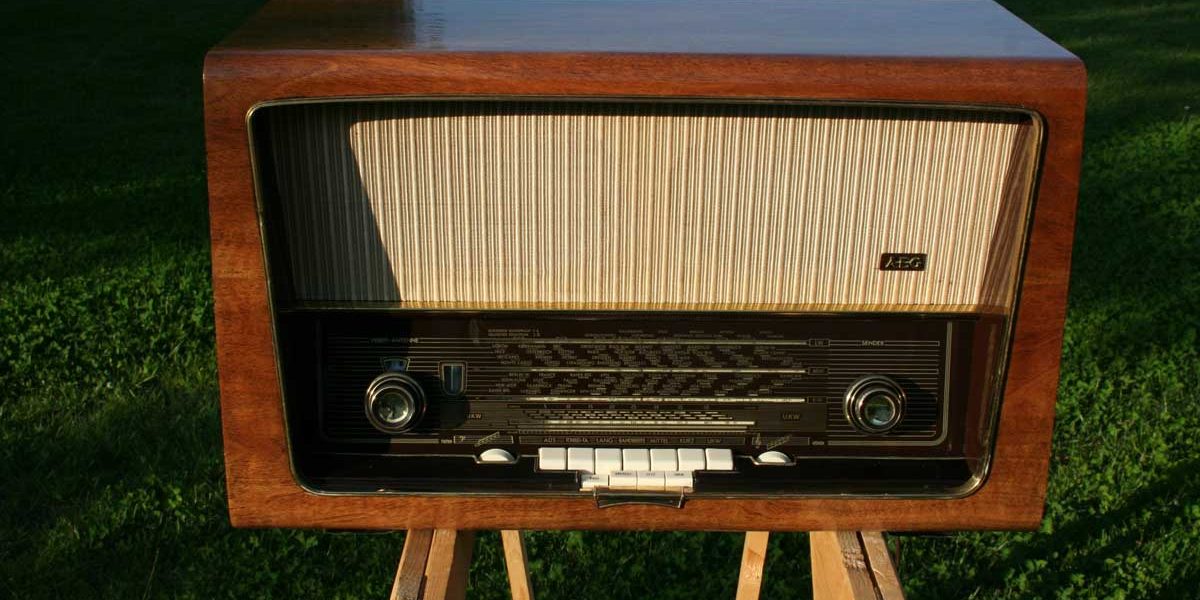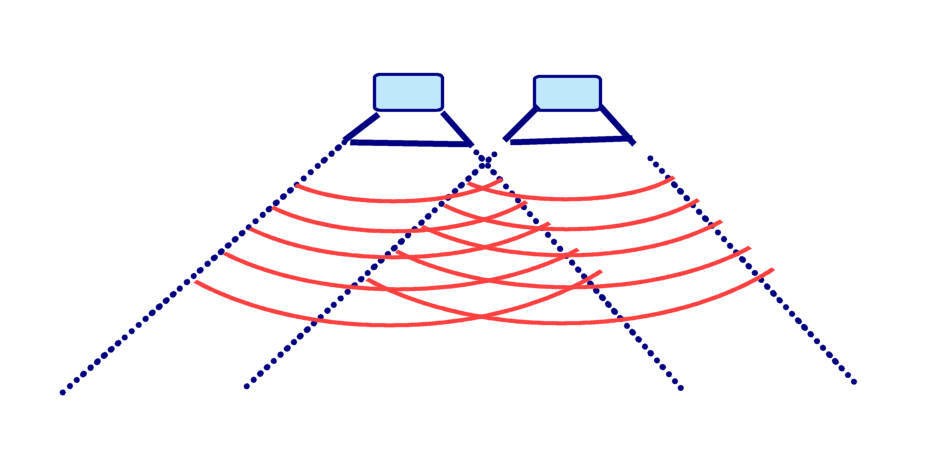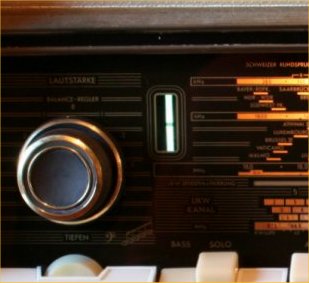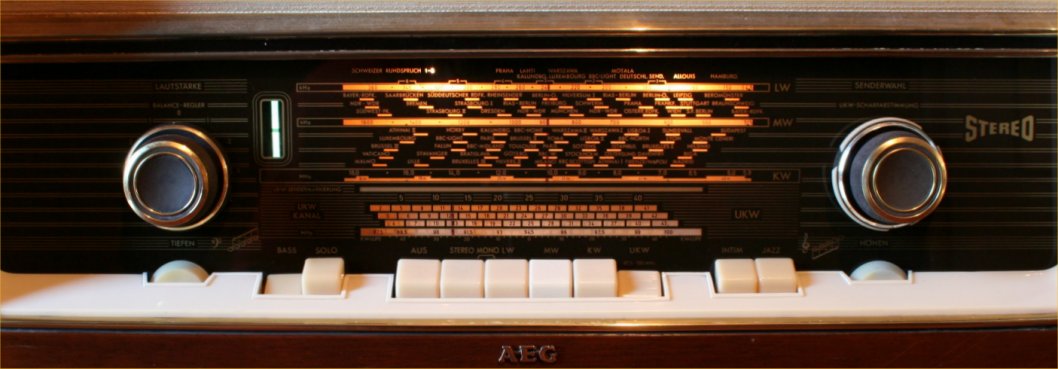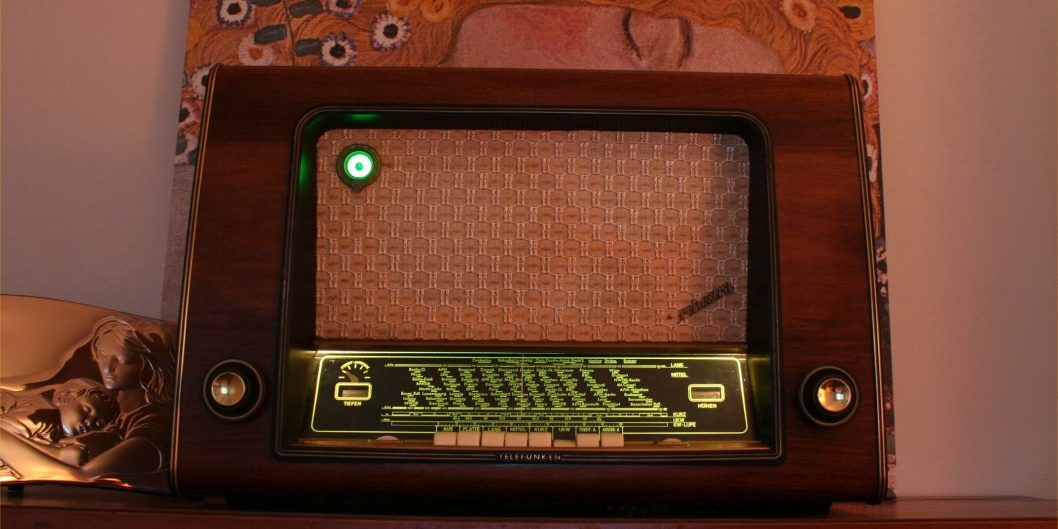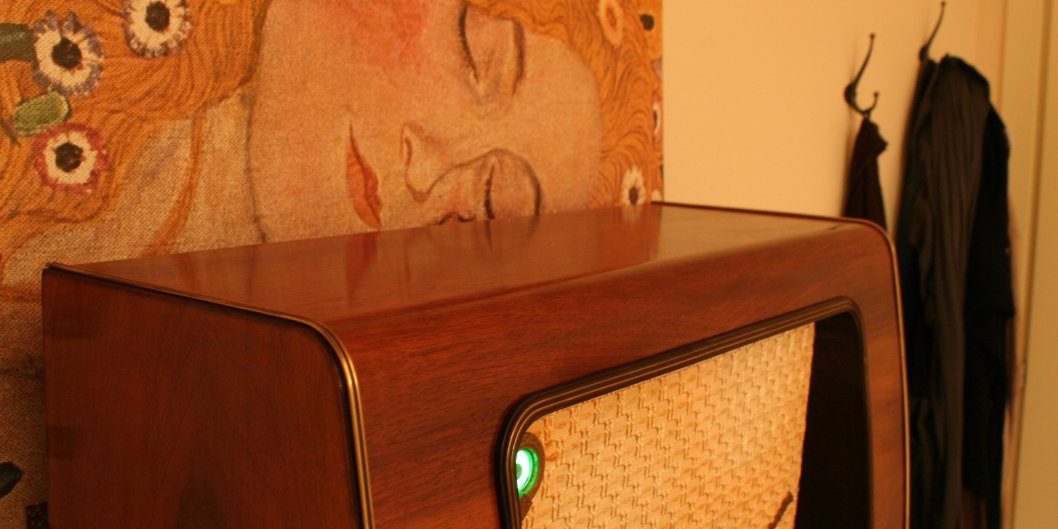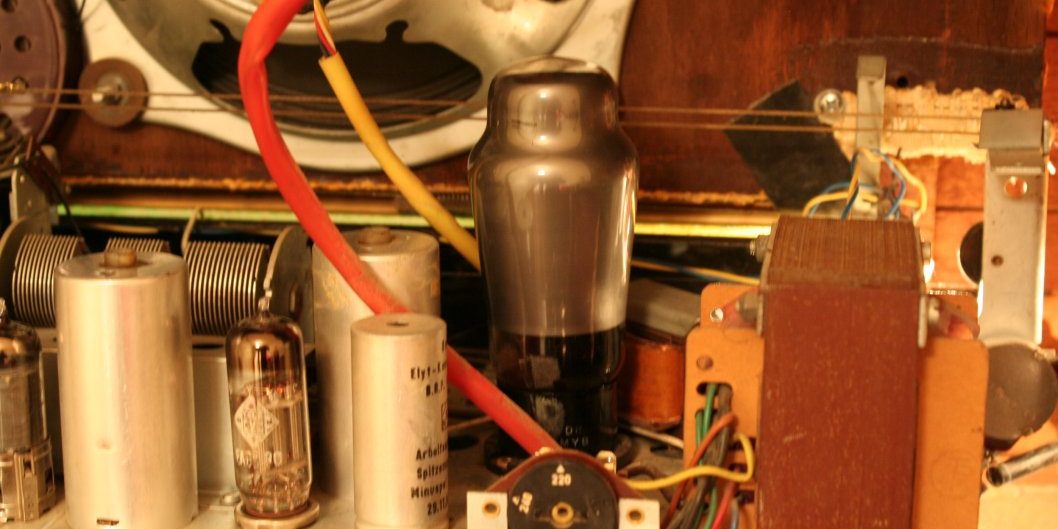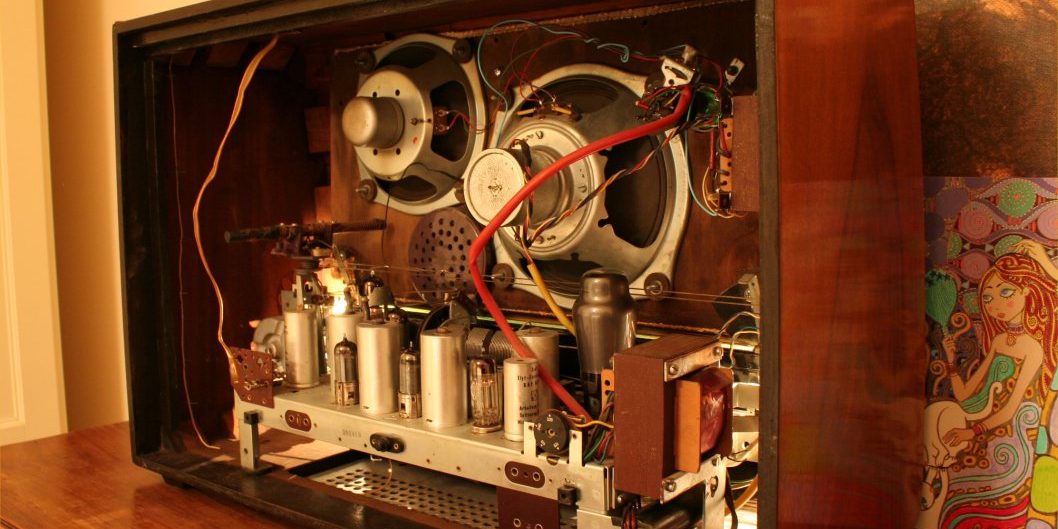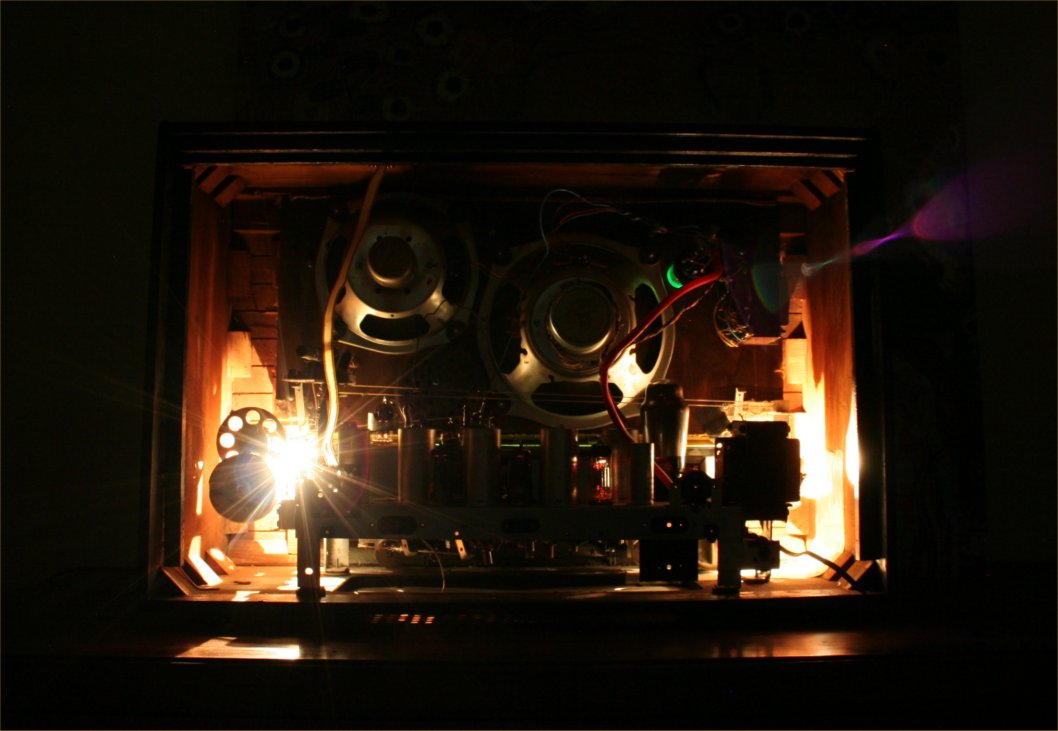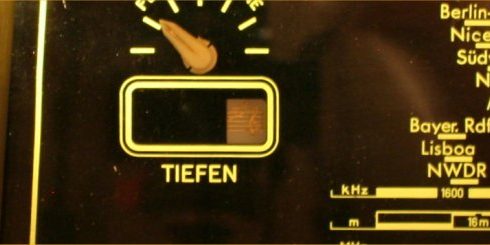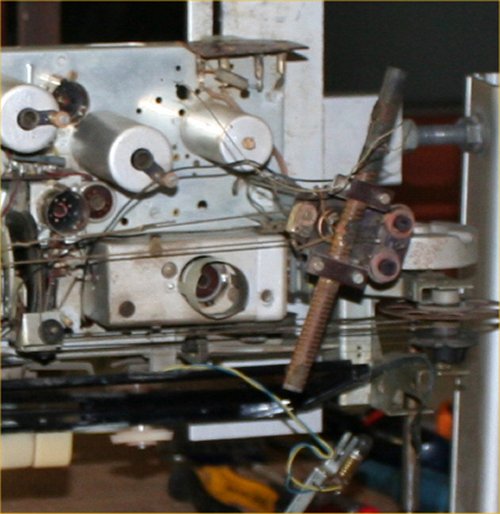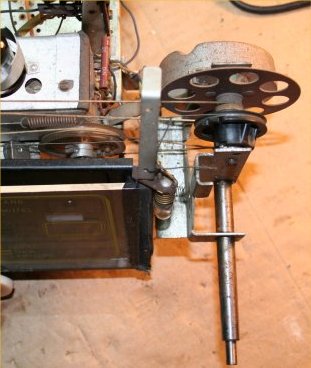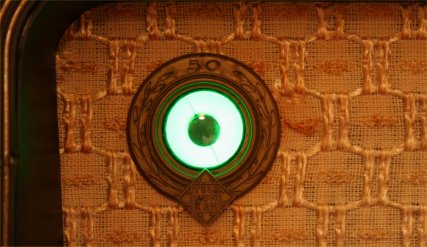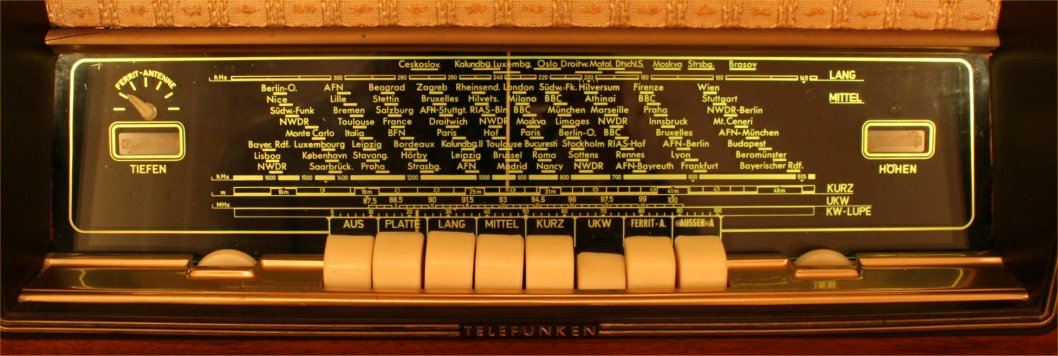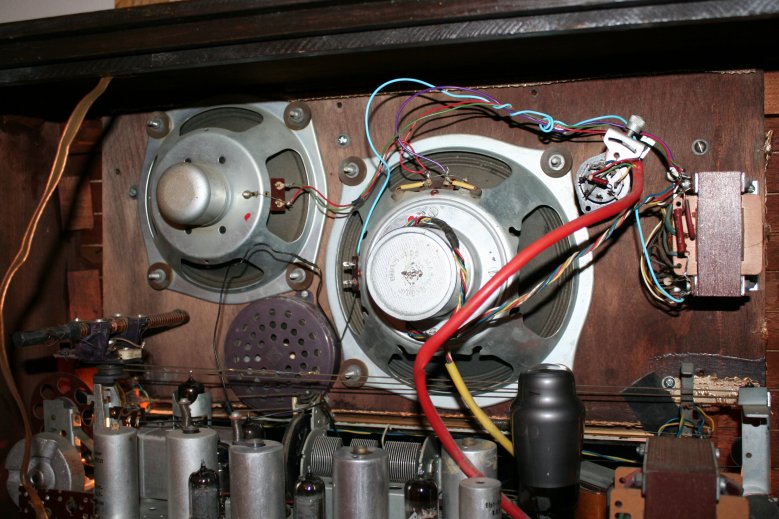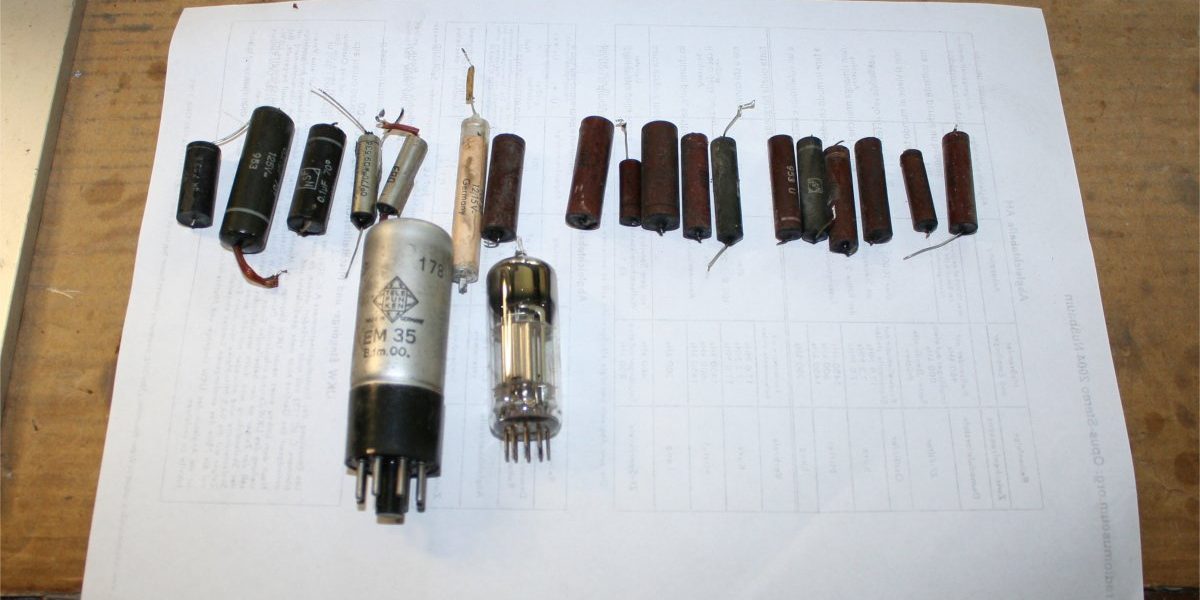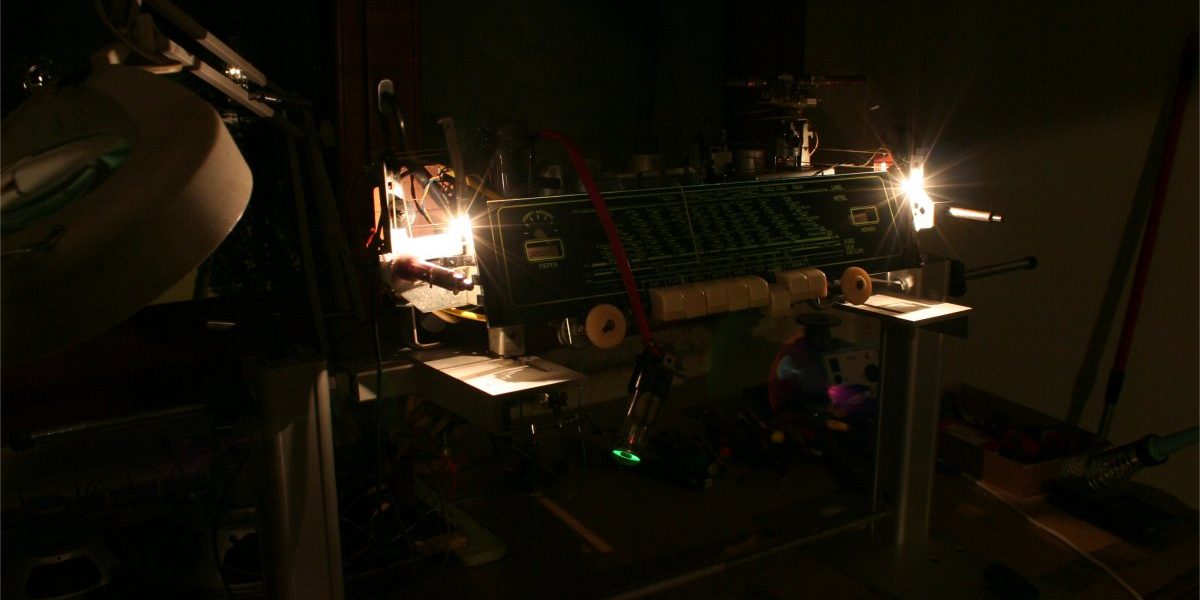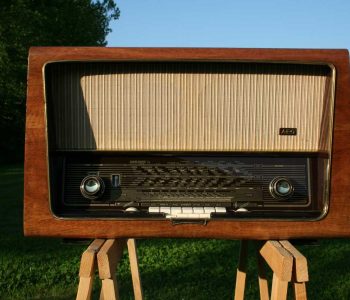 6077/3D - en
6077/3D - en
AEG 6077 3D – en
- by giovanni
AEG 6077 3D
AEG 6077/3D
AEG's story is needed to understand that the cabinet is designed and built by AEG, the chassis, electronics and all components come from the Telefunken factories. Infact all components are branded Telefunken.
Obviously, it is practically the same company.
In particular the AEG 6077 is a Telefunken Concertino with a different cabinet.
After the calibration this receiver has an exceptional sensitivity in Medium and Short Waves, so much so that it looks like a radio amateur or military receiver.
In FM mode the sound signal is faultless and free from rustles.
Since I have already made a review for the Concertino 8, I will illustrate the cabinet of the radio because it is markedly different with respect to the Telefunken radio.
The cabinet is robust as you can perceive from its weight.
It has been built with 12 mm of real wood, exactly the triple thickness of a Gelasso radio, given to me by a friend to make a calibration.
In addition, this cabinet has rounded and harmonious shapes which makes it very elegant.
There is no square cut even in the side grille frames.
The loudspeakers are protected by durable canvas, that even after 50 years, does not even have one scratch.
Control knobs, frames, brass everything has a high quality and these elements are chosen with extreme attention to detail.
Undoubtedly an example of what uncompromising teutonic quality means.

-
BLUETOOTH
Bluetooth receiver embed
-
MULTI PLATFORM CONNECTION
Each radio is equipped with a cable for connection to any digital device.
TUBESOUND IMPROVEMENT
- Bluetooth receiver embed – The unit is equipped with a BLUETOOTH receiver powered directly by the receiver power supply. This makes it possible to control the amplifier from any external digital device as an IPAD, a Smartphone, or a sophisticated multimedia station. So you can hear your preferred web station or your lossesless file without cables on the room. Wireless Receiver can be equipped upon requests.
– Multi Platform Connection – A customized adaptation cable to connect any digital device as Iphone, Smartphone, Laptop, CD Player etc. will be provided with this radio. This special cable suits the different impedances between the modern equipment and the receiver. Furthermore the two stereo channels flow into one without increasing the load to the input unit.

HISTORY
AEG "Allgemeine Electricitäts Gesellschaft" was founded in 1883 by the engineer Emil Rathenau in Berlin. He purchased Edison's bulb license to market it to Germany through the company he founded under the name ' Deutsche Edison Gesellschaft '' (DEG) (German Edison Company).
In 1887 AEG introduced the first home appliances during a World Exhibition: Iron, kettle for the tea, curls hair. AEG quickly became Germany's leading manufacturer of home appliances, unbeknownstically integrating its name into the tradition of German quality.
In 1907 AEG hired the architects and designers Peter Behrens as an industrial designer.
In 1912 it produced the famous 'Dandy' vacuum cleaner, and since then AEG will provide the German market with a continuous revolution and innovation in home and office equipment.
In 1903 AEG together with Siemens A.G. founded TELEFUNKEN with the intention of making it the leading technology company with Germany's video-radio-electronic and military skills.
In 1911, Kaiser Guglielmo sent Telefunken engineers to West Sayville (New York) to erect a 180-meter radio tower. A similar tower was erected in Nauen (Germany), creating the only wireless communication network between North America and Europe. During the construction of the tower in New York, German workers denied access to the area of work for American staff.
Now AEG belongs to the Electrolux group.
MAIN FEATURES
Year of production: 1957/58
Superheterodyne IF 468/10700
8 AM Circuits
12 FM Circuits
Wavebands:
Medium Waves(MW), Long Waves (LW)
Short waves (KW), FM (UKW)
4 Loudspeakers:
2 Wideband loudspeakers
2 Mid-Tweeter
Dimensions (LHD): 640 x 400 x 280 mm / 25.2 x 15.7 x 11 inch
Net weight: 14 kg / 30 lb 13.4 oz
7 Tubes:
ECC85, ECH81, EF89, EF89, EABC80, EL84, EM80


AERIALS
Inside the cabinet there is a dipole for FM reception and a ferrite rotating aerial for AM reception.
Ferrite aerial can be rotated from the outside to achieve a perfect tuning of the device in the AM.
In this picture see the rotation mechanism and the position indicator of the aerial.
The reception sensitivity with internal aerials is very good. This unit was in fact produced in a period when there were not many radio stations and those available fairly apart from each others.
Using an external aerial sensitivity is further increased.
TONE CONTROL WITH LEVEL INDICATION
Above the tone control knobs we can find an FA scale and a SOL scale. Moving the tone control knobs these scales are progressively hidden. Moreover, they give the emphasis to the band that they are acting on.

BANDBREITE SCHALTBAR
The frequency response correction system consists of 4 keys that insert predefined equalization curves operating on the negative feedback circuit (they are not passive filters).
-
The Bass button accentuates the low frequencies.
The Orchester button puts in flat the actual band and allows the operation of the volume checks, inhibited by pressing any of the other 3 keys.
The Jazz button accentuates the low and high frequencies, simplifying listening to this musical genre.
The Solo button accentuates slightly the medium frequencies, favouring listening to each of the singular instruments.
SEPARATED TUNING CONTROL BETWEEN AM AND FM
This radio is equipped with separate tuning mechanisms for AM and FM bands.
The tuning knobs are axial, one of them controls the tuning of the AM bands, the other one of the FM band.
There are two different flywheel under the structure, one for AM bands and one for FM bands.
It is possible to see better on the picture here on the right.

TUNING INDICATOR
The magic eye has of course been replaced.
On the left there is the volume command (with incorporated loudness) and axially to this there is the rotation command of the ferrite aerial.
Continuing to the right it is possible to find the magic eye, which signals the perfect tuning of each station.
The AM scale for Short, Medium and Long Waves.
The FM scale.
There is lastly the tuning knob, whose movement is very pleasant, being supported by two big flywheels.
Below there is the bass control knob, the power-off button, the record player.
The keys to tune in Short, Medium, Long waves, FM.
The treble control knob.
The equalization keys.
LOUDSPEAKERS
Four are the loudspeakers.
The 2 band with woofer are very efficient.
The Radio is equipped with 2 Tweeter on the sides which creates a pleasant effect and further enhances the frequency response.
The sound is remarkable, even though for my taste, the basses are over accentuated.


REAR SIDE
Socket for recorder (tonbandgerat).
Turntable input (Tonabnehmer)
AM and FM aerial inputs and ground socket.
RESTORING WORKS
THE USUAL AMAZING LAST IMAGE






